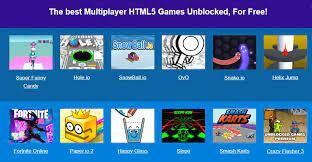We can describe Unlimited Graphic Design as the development of scheduling, planning, coordinating, selecting and organizing a series of elements to generate visual objects intended to correspond specific messages to definite groups.
The main utility of a graphic designing company will then convey certain information through graphic compositions, which are made in reaching target audiences through different media such as brochures, posters, flyers, etc…
Graphic designing company seeks to express the crucial ideas of the message obviously and directly, using for this different graphic elements that shape the message and make it easily understandable by the recipients of it.
Graphic design service does not mean creating a drawing, a picture or a photograph. It’s more than the sum of all these elements, although to get to visually communicate a message effectively the designer must know thoroughly the various graphical resources available and have the imagination, experience, good taste and sense necessary to combine common properly.
The end result is called a graphic design graphics, and is a unit in it, but is composed of many special elements. We can draw an analogy between a graphic and a dinner plate. Both are composed of different individual elements which, together properly and wisely, make a final single and definite work that goes beyond the sum of the ingredient parts.
Every work of visual communication occurs from the need to express a specific message. A graphic designer is not a creator of forms, but a creator of community, a professional by a specific method (design) constructs messages (communication) with visual media (graphics). It is not the originator of the message, but his predictor.
The main component of a graphic composition is therefore to infer the message, the information you want to send to the receiver via graphics. This information must be represented by different graphic elements which can be many and varied, but the most common are:
* Simple graphical elements: points and lines of all types like, free, straight, broken corners, etc…
* Geometric elements, with or without boundary, polygons, circles, ellipses, ovals, etc…
* Types: letters in different forms and structures, used to display text messages.
* Several graphics, logos, icons, etc…
* Illustrations * Photographs
* Any other suitable visual element to communicate a message.
These basic elements combine with each other in a graphic, and this combination appears in the final result with a series of very important concepts specific to the graphic design, among them:
* The groupings: sets of related items by proximity, similarity, continuity and symmetry.
* The form: shape of each graphic element isolated and clusters of elements.
* The contours: limits parts of the elements, to distinguish them from others and the bottom border can be defined by, changes or changes in color saturation.
* The location: place each graphic element or group of them in the graphics space.
* The size: relative size of each graphic element on those around him. Scales.
* The color: color of each individual item, the colors of each group of elements, the total set of colors used in graphics, relative arrangement of the elements with color and color harmony.
* The contrast: display intensity of each element in relation to those around him and full graphics.
* The balance: each carries a graphic spatial reference system that achieves an equilibrium level higher or lower.
* The symmetry: regular spatial arrangement and balanced elements that form the graphic.
The different elements of a graphic are perceived by the beneficiary under the influence of these concepts to each individual, group and total. But the union of them all, the graphic work, communication is a full and individual entity, full of complex human elements associated with the language, experience, age, learning, education and memory.










